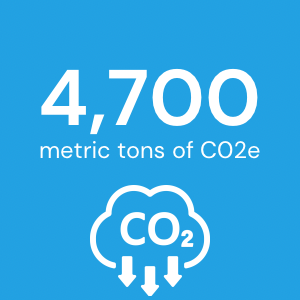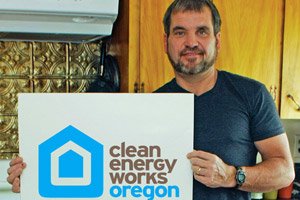
At the peak of the Great Recession, programs like Clean Energy Works Oregon (CEWO) were funded by the US Department of Energy to create jobs and save homeowners money on their energy bills. I used data to power a targeted customer acquisition campaign that generated high-quality leads and led to thousands of energy updgrades.




Challenge:
In the race to generate demand for the home energy upgrades that would create jobs and stimulate the economy, CEWO faced two thorny issues.
First, participating home energy contractors would be vital to generating qualified leads, but those contractors feared any referrals to CEWO might be assigned to a competing firm. How could CEWO convince these firms to be become a powerful salesforce for the program?
Second, strict eligibility requirements on the type and location of homes risked wasting a limited marketing budget on ineligible leads. How could CEWO better target its marketing spend to avoid generating leads from ineligible homeowners?
With the clock ticking and the Oregon unemployment rate above 9%, CEWO needed a demand generation strategy that could overcome these two issues.
Solution:
I created an "Instant Rebate Code" data framework that assigned a unique referral code to each contractor for use in their own marketing efforts. For contractors, the code ensured their referrals would be routed back to them. For homeowners, a valid Instant Rebate Code qualified them to receive a $500 home energy assessment at no cost.
I also partnered with local utilities to target direct mail using customer data such as address and energy usage, as well as housing stock data including type of structure and age of home, so that our marketing dollars were not wasted driving ineligible leads.
By using data to drive, target, and track leads, I achieved response rates far above industry benchmarks and delivered marketing-qualified leads (MQLs) that converted at a 30% rate with an average project cost of $15,000. Most importantly, these efforts helped create 300 jobs and generate $26 million in economic activity.







When many Americans were struggling during the Great Recession, Clean Energy Works Oregon helped create 300 local jobs and generate $26M in economic activity, while eliminating 4,700 metric tons of CO2 equivalent each year.




